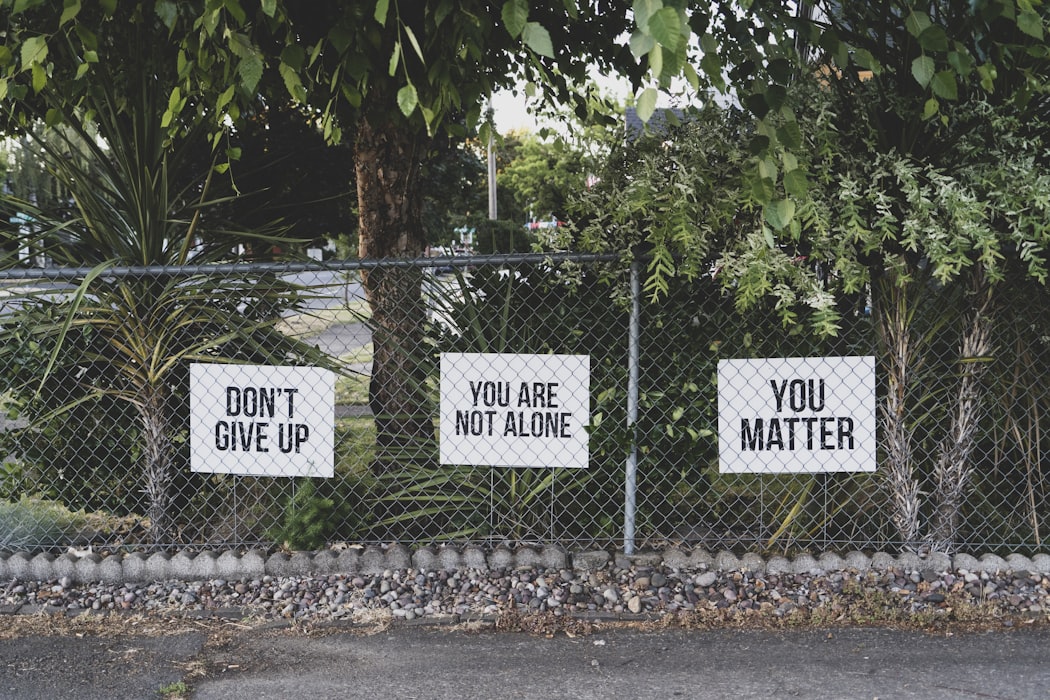Remote work leveled off at 62% in mid-April due to Covid-19 and probably you have had a change to experience working remotely. How was your first experience as a business owner or employee? Here is 9 remote working tips to improve your remote work experiences.
The New Era irreversibly continues to change the businesses. Increasing remote working has brought new considerations, risks and preventive action requirements. Most of the businesses got caught unprepared to Covid Crisis. You will find below not only some tips but also must-have checklists for remote working about
- Remote work risk assessment
- Work environment
- Work equipment
- Working alone
- Stress, mental health and wellbeing
- Ergonomic guide for computer based workers
- Monitoring remote workers' health and safety
1. What is Remote Working

Remote working is a way of working ‘at a distance’, using information technology to allow employees to undertake work away from the employers’ premises. They can be based at home or mobile and connected from anywhere. Remote working may provide cost advantage to employers but also might bring its own health and safety issues increasing the risk of hazards. Therefore a detailed risk assessment should be run for remote workers.
2. Risk Assessment
We can split risk assesment into 2 main categories
- Organisational level (remote working as a business strategy)
- Personnel level (after deciding remote work)
At organisational level companies should assess some high level considerations like the number of workers will work remotely, geographical spread of remote workers, types of activities being involved, exact locations of the remote workers, financial cost and benefits of remote working etc.
We will focus on personnel level risk assessment and provide must-have checklists for safer and happier remote working environment.
3.Work environment
You need to asses the risks about working environment without invading personal privacy. A successfull risk assessment should include adequate work area, cleanness, equipments' and users' positioning, emergency plans and kits, personal and cyber security. The online risk assessment checklist below will provide you a general overview of all these considerations:
4. Work Equipment
You should apply similar furniture and equipment standards to a home workstation as you would in an office: A suitable desk, adjustable chair, lighting equipments, ergonomic mouse and keyboards, hygiene supplies, etc.
Employees should also be trained for remote working requirements including best practices for hygiene and cleaning, emergency issues, equipment and electrical safety, ergonomy for computer-based works.
5. Working Alone
Working alone is a bit and wider concept than working remote. But it also consist some additional risks to assess and take preventive actions. A lone worker is ‘someone who works by themselves without close or direct supervision’. They exist in all sectors and include those who might:
- Work alone at a fixed base, ie. shops, petrol stations, factories, warehouses or leisure centres
- Working outside normal working hours, ie. cleaners, maintenance and repair staff
- Working at home
- Health, medical and social care workers visiting people’s homes
- Engineers, workers, assessors and delivery drivers in construction projects
- Volunteers carrying out work on their own, for charities or voluntary organisations
Most outstanding difference of working alon vs remote working is that working alone - either at home or outside - does increase the external risks like violence and accidents.
6.Stress, mental health and wellbeing
Remote working hazards extend beyond the physical work environment. Limited social contact, being always at home and recurring life-cycles might be hard for the employees after a while. The importance of time management also increases while working at home. In some ways, ‘24/7 availability’ is a curse of the modern age. At this point employee contracts also should be reviewed in favor of the employees for long-term benefits for both parties.
7. Ergonomic guide for computer based workers
Remote works are mostly computer-IT dependent and requires hours of working in a stable position which might cause some health problems. Therefore you always need to ensure the ergonomy of remote workers and their consciousness of this matter via trainings and feedbacks. Main threads might be as following:
- How to sit at computer workstations
- How to arrange computer workstation equipments (monitor(s), keyboards, mouse, desk, chairs)
- How to place documents
- Eye health of computer users
- Changing postures throughout the day
- Improve lighting and minimise glare, etc.
You can start a self-assessment in seconds via Computer Based Work Checklist
8. Monitoring remote workers' health and safety
Clear, consistent management systems, procedures and communication will reduce risks to remote workers, but it’s only possible via regular monitoring. Monitoring might be via self-assessments, online calls or face-to-face meetings at site visits. It’s also important to make sure that remote workers don’t feel divorced from decision-making about their work and workplaces. You can consider using following feedback and audit checklists - but it is recommended to make necessary amendments with your health and safety adviser.
9. Remote Working Project Template with all necessary checklists
It is not only about checklists and updating hard-copy procedure documents. It is a live-story just started with Covid-19 - but will not end soon. Therefore, as a living-project companies need to track their remote workers consistenly and real-time. Wremia provides ready-to-go project template with all necessary checklists and steps. You can just start a new project which all required staff can join the process: HR, IT, Health and Safety and operational supervisors.
SECTORAL BEST FIT
Ready to brush up on something new? We've got more to read right this way.
 @ozhanatali
@ozhanatali




